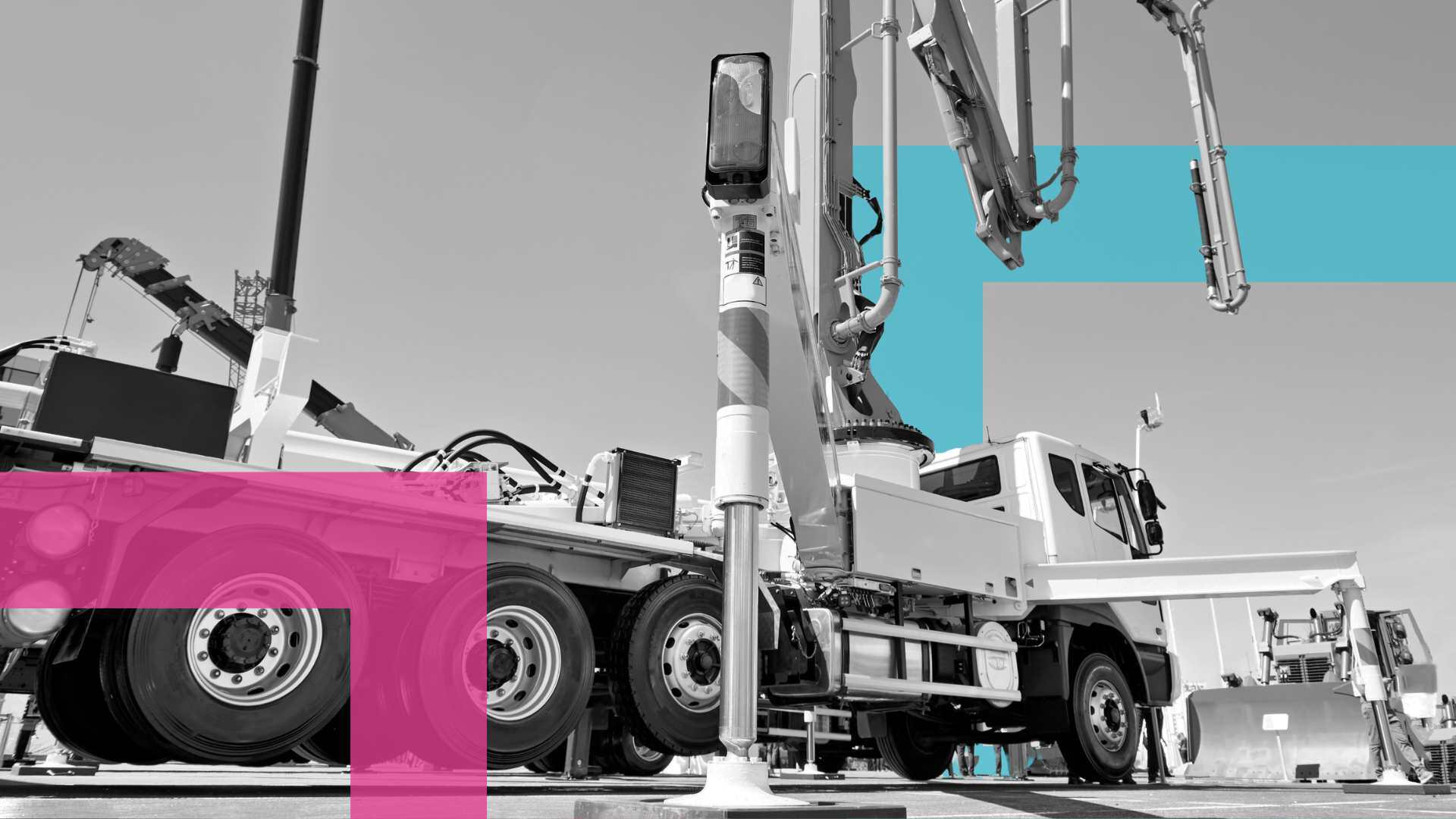Pre Start Plus rebranded to Ideagen Asset Guard
Ideagen Plant Assessor is pleased to announce the rebrand of its flagship pre-start app, Pre Start Plus, to Asset Guard. This rebrand aligns with...
|
|
Machinery Pre Starts
|
|
|
Risk Management &
|
|
|
Document Management
|
|
|
Dashboards & Reporting
|
|
|
Machinery Risk Assessments
|
|
|
Service & Maintenance
|
|
|
Safe Operating Procedures
|
|
|
MySite
|
|
|
View All Features |
Case Studies
Hear from our clients
Events
Find us at industry events
Guides
Find industry-specific guides
Learn
Educational content
News & Articles
Industry news and articles
Safety Legislation
We keep up with safety legislation
so you don't have to
Videos
Find overviews and informative
videos here
Webinars
View upcoming and on-demand webinars
Promotions
See our current promotions
FAQ
All of our frequently asked questions
Help Centre
How to use our software
View a Demo
Let us walk you through Ideagen Plant Assessor features
Release Centre
Product updates and release information
3 min read
![]() Matt Ireland
:
November 2023
Matt Ireland
:
November 2023

There are many ways you can conduct a risk assessment for an excavator.
You can complete a manual risk assessment using pen and paper, or you can utilise technologies, of which there are many that vary hugely in quality and capabilities. Plant Assessor has become known as the best software solution in Australia for machinery risk assessments. So if you’re looking for an industry leading risk assessment for your excavator, you have come to the right place. In this article, we outline why Plant Assessor’s excavator risk assessments are a step above the rest.
Many members of the team at Plant Assessor have years of experience working in industries involving machinery, and regulated by safety legislation. The unique skill sets of each of these individuals has allowed Plant Assessor and its excavator risk assessments to become what they are today; all encompassing, easy-to-use and industry leading. This knowledge has been utilised to bring peace of mind to the user that all hazards that are unique to their specific make and model excavator will be identified during the assessment process.
One of the most important, yet most labour intensive and complex components of completing or developing any risk assessment is to check your machine is compliant with legislative requirements. It can be a difficult and time consuming task to keep up with all the legal obligations relating to your excavator. But Plant Assessor’s risk assessments do all that for you.
Our excavator risk assessments are powered by the Machinery Compliance Engine (MCE), which integrates all Acts, regulations, standards, codes of practice and best practice into the risk assessment survey. After completing the simple yes no questions, the MCE can identify the hazards that are present on your excavator, rate the risks and determine the most effective control measures. Once you have implemented these controls, you’ll know your excavator is compliant with these obligations, without needing to complete your own legislative legwork. To find out more about how the MCE works, visit our article Simplify the complexity of machinery risk assessments.
Plant Assessor’s excavator risk assessments don’t just identify and rate the risks for you; they also reference the specific legislation each hazard breaches, and provide you with recommended risk controls to implement which eliminate or minimise the hazard. The risk management report compiled and available immediately to you following the completion of the risk assessment on your excavator is essentially a compliance checklist. With Plant Assessor’s action management tools, you can then assign, monitor and close out any implemented controls, with a digital record kept of who and when the work was completed.
This compliance checklist not only helps you to ensure you’ve reduced the risk of any hazards on your excavator, it also creates an auditable data trail. Should your business be audited or machinery be investigated, your risk management report will be able to prove the thoroughness of the risk assessment completed on your excavator, but also prove your compliance, provided the recommended risk controls are properly implemented.
Another component of our excavator risk assessments that are a step above the rest is the inclusion of our risk matrices. Each hazard identified by the MCE in an excavator risk assessment is rated using a consequence and likelihood risk matrix, which is included in the risk management report. This communicates to an assessor exactly the level of risk an operator, or others working in the vicinity of the excavator, may be exposed to as a result of the hazard.
Not only do we include a preliminary risk matrix in your excavator risk management report we also include a residual risk matrix. This is used to convey the level of risk a hazard poses once the controls have been implemented, so you know exactly how much risk you and your workers are facing. To discover more about the risk matrices used in Plant Assessor machinery risk assessments, check out our article How to read a risk matrix used in a risk analysis.
Operators often utilise lifting points and quick hitches on excavators to easily swap out attachments on their machines. However, we know this can be highly dangerous if not used correctly, and result in incidents similar to this. Plant Assessor’s excavator risk assessments ensure hazards relating to the lifting points and quick hitches are identified, by asking dedicated questions about these components.
Contact Plant Assessor! Our team of machinery compliance specialists is on hand to assist you in setting your excavator up with Australia’s leading machinery risk assessments. Call us on 1300 728 852 or email info@assessor.com.au for more information.
Disclaimer: This information is intended to provide general information on the subject matter. This is not intended as legal or expert advice for your specific situation. You should seek professional advice before acting or relying on the content of this information.

Ideagen Plant Assessor is pleased to announce the rebrand of its flagship pre-start app, Pre Start Plus, to Asset Guard. This rebrand aligns with...
.png)
Many businesses operating machinery still rely on traditional paper pre start books for daily machinery checks. While these booklets serve their...

A concrete company based in Melbourne has been convicted and fined $30,000 after an incident involving a concrete pump resulted in a worker’s hand...